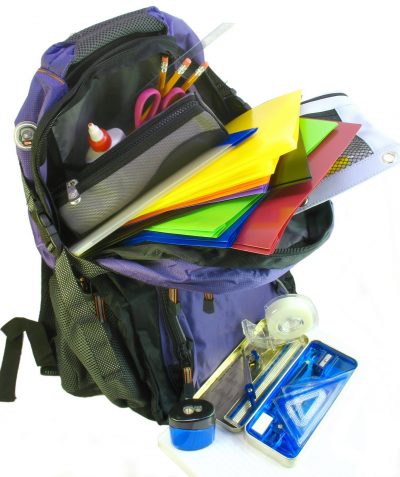 My daughter was diagnosed with ADHD when she was in the third grade. Her bubbly, energetic personality and need to move have always been a part of her personality. When other kids would sit quietly with a book, my daughter was running. Thankfully, she had amazing elementary school teachers who understood her needs and worked with me to help her be successful. Typically, she never had more than two teachers in elementary school. Two teachers who maybe taught different subjects, but worked with the same set of students all day leading to a more personalized approach.
My daughter was diagnosed with ADHD when she was in the third grade. Her bubbly, energetic personality and need to move have always been a part of her personality. When other kids would sit quietly with a book, my daughter was running. Thankfully, she had amazing elementary school teachers who understood her needs and worked with me to help her be successful. Typically, she never had more than two teachers in elementary school. Two teachers who maybe taught different subjects, but worked with the same set of students all day leading to a more personalized approach.
Now, we have entered middle school. Not only are we in a different school, but we have a total of six teachers, six subjects, six different expectations and a bookbag full of paper. I went into panic mode about this transition, mostly about how she was going to keep up with so many things.
Although we have only been in school for three months, these are some strategies that have been beneficial so far:
- Limit clutter: I prefer one large notebook with dividers (color-coded preferably). Too much clutter only adds to the growing anxiety about where something is that she can’t find. One notebook cuts down on having multiple papers in multiple areas.

- Keep educational apps on your phone. Today, many teachers use online platforms for students to turn in work like Canvas or Google Classroom. Both platforms allow parents to join the classes. Ask the teachers to add you. This will help give you insight into what they are doing daily and let you know if any work is missing.
- Keep homework time consistent. My daughter knows she has a set aside time to complete homework and study. It happens at the same time every day. No cell phone or tv during this time. Having a consistent time everyday to do homework creates a routine, and routine is vital for kids with ADHD.
- Flexibility is key. I was the type of student who had to sit at a desk and work with no outside distraction. My daughter needs movement. So, she might sit at her desk, she might lay in her bed or she may work in the kitchen. I understand her need to move, especially after sitting all day is necessary to her success.

- Make lists. I keep a chart in my daughter’s room with a checklist. Did I charge my Chromebook? Is all my work in my notebook? The directives rarely change so that they become a consistent part of her organizational life. These directives also act as a reward and sense of accomplishment when she can check things off that she has completed.
- Encourage self-advocacy. Parents can’t be the only ones emailing and messaging teachers. I’ve practiced with my daughter how to ask questions and send emails to teachers regarding grades and extra help. She has to learn early to take ownership of her work and only to utilize me when she needs support.
















